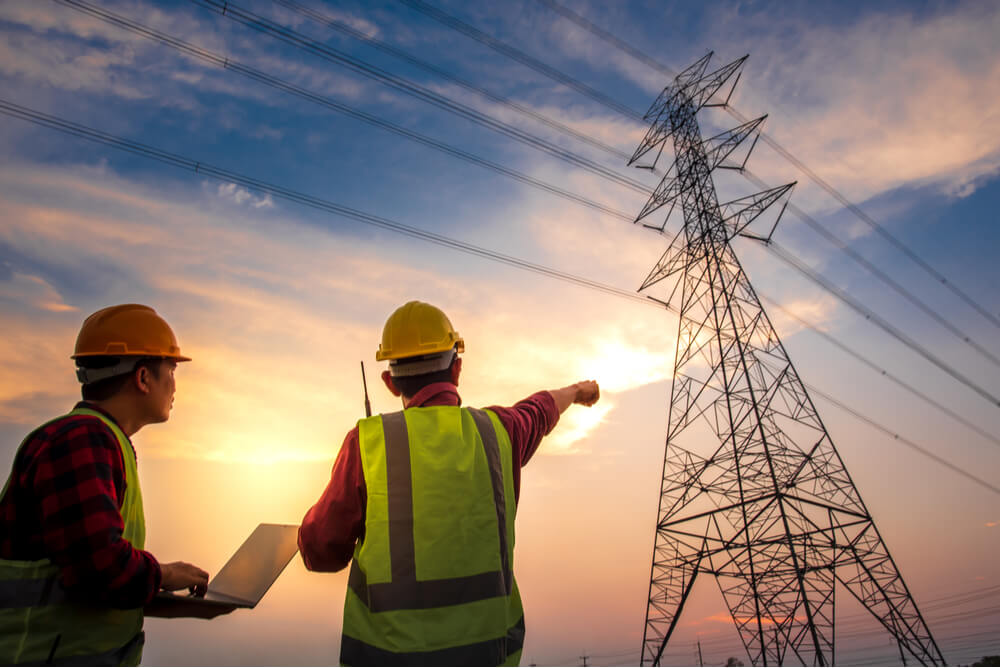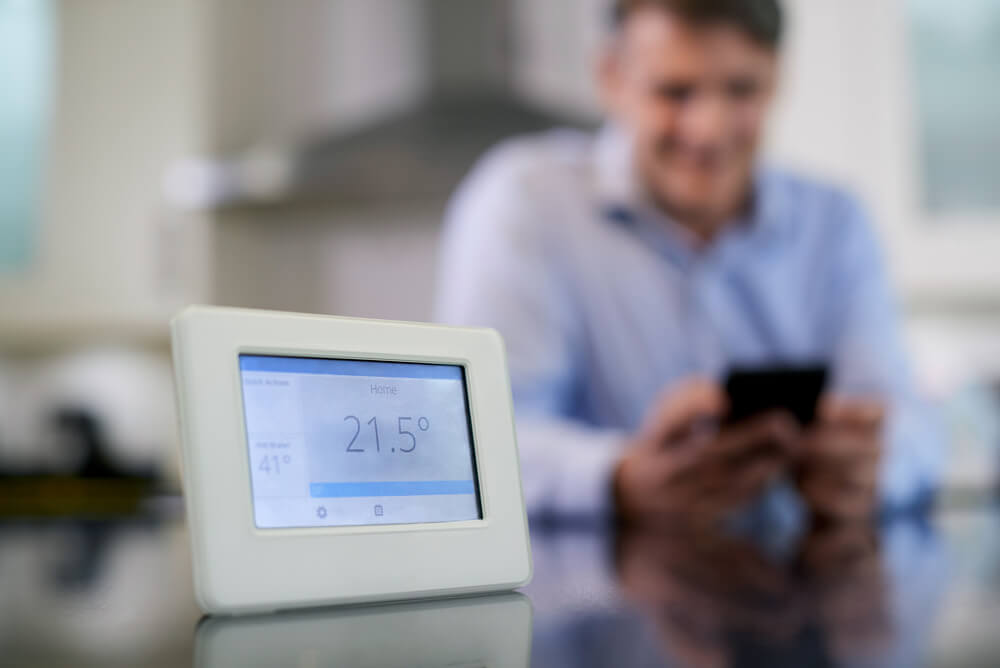Whether you live in a small community or a thriving smart city, smart grids are changing the electricity market in Australia and around the world. As technology continues to evolve, so does the way electricity is supplied to our homes and businesses. This guide explores smart grids and how they’re changing the electricity market.
Smart grids offer two-way communication between electricity providers and users. Electricity and information can be transported both ways between providers and you. Information can also be shared between you and distribution networks, power plants and retailers.1
Essentially, a smart grid is an evolution of the traditional electricity grid that uses improved technology to offer this two-way communication.
In the past, electricity grids offered one-way interaction. Power could be supplied to businesses and homes through transformers, transmission lines and substations, but the grid couldn’t respond energy consumption and demand changes. Meanwhile, smart grids offer two-way communication between electricity providers and users.
Smart grids are electricity systems that can support renewable technology, help distributors (who are responsible for delivering electricity) better manage service issues and outages and give you more control over the electricity you use. The main difference between traditional electricity grids and smart grids is that smart grids allow electricity and information to be transported both ways between providers and you.
Offering two-way communication is a major function, but what else are smart grids capable of? In a nutshell, smart grids make the electricity industry more efficient, more reliable and improves electricity availability by reacting to changes or disruptions quicker than distributors could in the past.
Smart grids can:
Similar to how we use communications technology to connect online, smart grids are a complex network of new technologies, computers, equipment, automation and controls that work together and with the electricity grid to improve the service offered to you and the community.
Smart grids are already a part of the Australian energy sector,4 intended to benefit the environment, improve the power grid as a whole and give more control to the consumer.

Smart grids have many benefits for you, electricity consumers, the environment and other stakeholders in the wider community. In addition to smarter power generation, they can:
While there are many benefits of smart grids, there are also some challenges. These include:
As the electricity grid changes, so will your home, so you have greater control and choice over the power you use. Primarily, it will be a home area network (HAN) that connects your electricity use to the grid. A HAN is a network within your home that connects smart appliances, electric vehicles, thermostats and other electric devices to one energy management system.8
A HAN is almost like a mini-Internet of things (IoT), which describes the many global devices connecting to the internet to share information, technology and data.
Here are some changes many Australian homes have already undergone to connect to the smart grid.
Smart meters are power-monitoring devices that provide you and your electricity provider with greater insights into your electricity usage. They can record and send information about your usage in regular blocks to your provider so you both understand how you’re consuming electricity. Depending on the type of smart meter you have, you may be able to save electricity by changing your electricity habits or using power differently (known as a demand response). Read more about how changing habits could reduce electricity bills in our electricity tariff guide.
Smart devices allow you to adjust appliances to improve energy efficiency remotely. In some cases, these types of devices can be set so they only operate in off-peak times, when electricity can cost less and there’s a lower demand on the electricity grid. For example, a smart fridge may be able to increase its temperature on cold days, smart lights may automatically switch off when it’s light, or heating appliances may only operate when it hits a certain temperature. Smart devices can work alongside smart meters.
Installing solar power panels on your roof allows you to harness power from the sun and convert it into electricity. You’re able to use this electricity, send it back to the grid (to receive credit on your electricity bill through solar feed-in tariffs) or store it in batteries for later use. However, it should be noted that solar feed-in tariffs are reducing as more people take up solar.
Some solar owners are also opposed to a reform by the Australian Energy Market Commission (AEMC) that will see demand-based pricing introduced for solar panel owners who export electricity back to the grid. This change has been labelled as a “sun tax”, as solar owners could be paid differently for the power they export, based on electricity demand.

You may have heard about microgrids, but they are not the same as smart grids. While they can connect to smart grids, microgrids differ as they can break off and can operate solely on electricity they produce without relying on the primary grid.9 Microgrids, also known as distributed energy resources (DER), are usually powered by renewable energy sources and are common in rural areas and communities.
If you’ve already installed solar or you’re looking for more ways to save on your energy bill, we may be able to help. Our energy comparison tool asks questions about your solar use and allows you to compare a range of plan features, including feed-in tariff prices. Our tool is free and easy to use and allows you to compare a range of plans and providers in one place.

1. Victorian Government Library Service – ‘Victoria’s Energy Future – Smart grids’ – Accessed 09/11/2021
2. Australian Energy Regulator – ‘Smart meters’ – Accessed 09/11/2021
3. Australian Energy Market Commission and Smart Grid Australia – ‘Submission for the Review of Demand-Side Participation Stage 3 review In response to the Issues Paper (page two)’ – Accessed 09/11/2021
4. Australian Trade and Investment Commission – ‘Microgrids, smart grids and energy storage solutions (page 10)’ – Accessed 09/11/2021
5. Australian Energy Market Commission and Smart Grid Australia – ‘Submission for the Review of Demand-Side Participation Stage 3 review In response to the Issues Paper (page three)’ – Accessed 09/11/2021
6. Australian Trade and Investment Commission – ‘Microgrids, smart grids and energy storage solutions (page 14)’ – Accessed 09/11/2021
7. Parliament of Australia – ‘Renewable energy policy: retreat, renewal and revitalisation?’ – Accessed 10/11/2021
8. Victoria State Government – ‘Electricity – Executive Summary’ – Accessed 10/11/2021
9. Australian Trade and Investment Commission – ‘Microgrids, smart grids and energy storage solutions (page 6)’ – Accessed 09/11/2021
10. Department of Industry, Science, Energy and Resources – ‘Summer’ – Accessed 09/11/2021